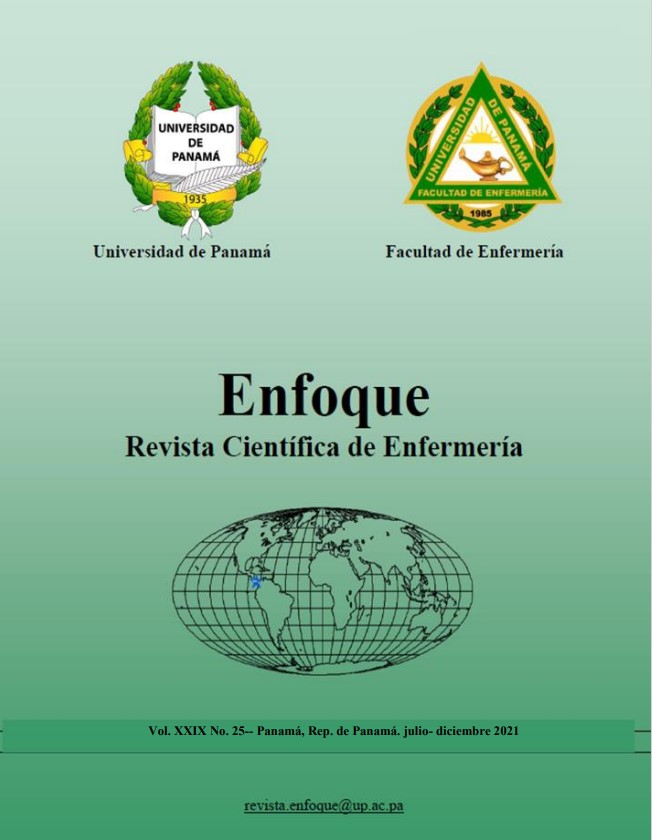

The treatment of triple therapy is considered an HIV prevention strategy, in which the HIV-positive person with antiretroviral medication with good adherence to treatment reduces the viral load by decreasing the risk of transmission of the virus to an HIV-negative couple. The objective is to assess the effectiveness of ART in reducing viral load to a minimum of 40 copies/ml as a strategy to reduce the risk of HIV transmission and strengthen the institutional capacities of the Ministry of Health, especially the STI/HIV and Tuberculosis Program, by evaluating the expenditure of the TASp strategy, in order to generate national scientific evidence about the effective impact of this on prevention. Descriptive, analytical, cross-sectional study that measures the relationship between the dependent variable Viral load after 6 months of ART (May or June 2019) with the independent variables adherence to treatment, treatment received, age, sex, nutritional status, among others. The unit of analysis is the clinical records of patients who enter the clinic with HIV positive and/or with an opportunistic disease. The sample consisted of 400 patients. The study has 95% confidence and a margin of error of 0.05; validating the association with the X2=3.84 test, the factors associated with the old ratio test (OR) and the possibility of generalization of the results through the confidence interval (CI). It was proven that there is a relationship between viral load levels in the diagnosis of HIV/AIDS and the effectiveness of antiretroviral treatment after 4-6 months (X2=12.73, p=0.0004), achieving that almost 80% of people decreased the viral load to undetectable. In addition, the relationship between BMI, diagnosis and compliance with the therapeutic regimen was verified (X 2=10.92, p=0.0002 and X2=14.14, p=0.0002). An expenditure of B/ 333,208.00 was determined for the sample (341) in six months, that is, the investment in triple therapy should be continued because the reduction of the viral carva to less than 40 copies/ml is achieved.